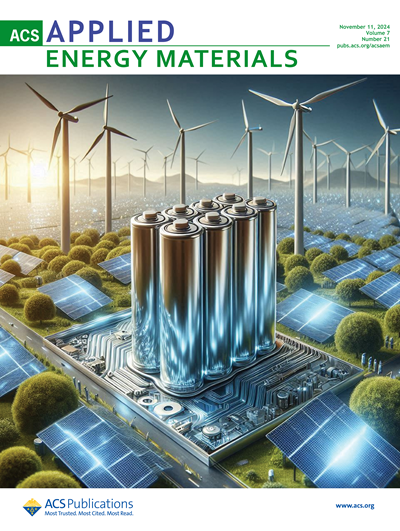二磷酸尿苷葡萄糖醛酸转移酶 1A1 可防止肝损伤恶化
IF 5.5
3区 材料科学
Q2 CHEMISTRY, PHYSICAL
引用次数: 0
摘要
背景 二磷酸尿苷葡萄糖醛酸转移酶 1A1(UGT1A1)在内源性和外源性物质的代谢和解毒过程中发挥着至关重要的作用。然而,它对肝损伤进展的贡献仍不清楚。目的 确定 UGT1A1 在肝损伤进展中的作用和机制。方法 我们通过临床研究调查了 UGT1A1 表达与肝损伤之间的关系。此外,我们还通过小鼠模型研究分析了 UGT1A1 对肝损伤进展的影响和机制。结果 UGT1A1 基因突变的患者表现出不同程度的肝损伤,而急性-慢性肝功能衰竭(ACLF)患者与慢性肝炎患者相比,肝脏中 UGT1A1 蛋白水平相对较低。这表明,低水平的 UGT1A1 可能与肝损伤的进展有关。在四氯化碳(CCl4)和海参素 A(ConA)诱导的肝损伤小鼠模型中,发现肝脏中 UGT1A1 蛋白水平升高。在脂多糖或肝脏脂肪变性介导的肝损伤进展小鼠中,肝脏 UGT1A1 蛋白水平降低,这与 ACLF 患者的观察结果一致。UGT1A1 基因敲除加剧了 CCl4 和 ConA 诱导的小鼠肝损伤、肝细胞凋亡和坏死,加剧了肝细胞内质网(ER)应激和氧化应激,并破坏了脂质代谢。结论 UGT1A1 上调是肝损伤过程中的一种代偿反应,干扰这一上调过程可能会加重肝损伤。UGT1A1 可减轻 ER 应激、氧化应激和脂质代谢紊乱,从而减轻肝细胞凋亡和坏死。本文章由计算机程序翻译,如有差异,请以英文原文为准。
Uridine diphosphate glucuronosyltransferase 1A1 prevents the progression of liver injury
BACKGROUND
Uridine diphosphate glucuronosyltransferase 1A1 (UGT1A1) plays a crucial role in metabolizing and detoxifying endogenous and exogenous substances. However, its contribution to the progression of liver damage remains unclear.
AIM
To determine the role and mechanism of UGT1A1 in liver damage progression.
METHODS
We investigated the relationship between UGT1A1 expression and liver injury through clinical research. Additionally, the impact and mechanism of UGT1A1 on the progression of liver injury was analyzed through a mouse model study.
RESULTS
Patients with UGT1A1 gene mutations showed varying degrees of liver damage, while patients with acute-on-chronic liver failure (ACLF) exhibited relatively reduced levels of UGT1A1 protein in the liver as compared to patients with chronic hepatitis. This suggests that low UGT1A1 levels may be associated with the progression of liver damage. In mouse models of liver injury induced by carbon tetrachloride (CCl4) and concanavalin A (ConA), the hepatic levels of UGT1A1 protein were found to be increased. In mice with lipopolysaccharide or liver steatosis-mediated liver-injury progression, the hepatic protein levels of UGT1A1 were decreased, which is consistent with the observations in patients with ACLF. UGT1A1 knockout exacerbated CCl4- and ConA-induced liver injury, hepatocyte apoptosis and necroptosis in mice, intensified hepatocyte endoplasmic reticulum (ER) stress and oxidative stress, and disrupted lipid metabolism.
CONCLUSION
UGT1A1 is upregulated as a compensatory response during liver injury, and interference with this upregulation process may worsen liver injury. UGT1A1 reduces ER stress, oxidative stress, and lipid metabolism disorder, thereby mitigating hepatocyte apoptosis and necroptosis.
求助全文
通过发布文献求助,成功后即可免费获取论文全文。
去求助
来源期刊

ACS Applied Energy Materials
Materials Science-Materials Chemistry
CiteScore
10.30
自引率
6.20%
发文量
1368
期刊介绍:
ACS Applied Energy Materials is an interdisciplinary journal publishing original research covering all aspects of materials, engineering, chemistry, physics and biology relevant to energy conversion and storage. The journal is devoted to reports of new and original experimental and theoretical research of an applied nature that integrate knowledge in the areas of materials, engineering, physics, bioscience, and chemistry into important energy applications.
 求助内容:
求助内容: 应助结果提醒方式:
应助结果提醒方式:


